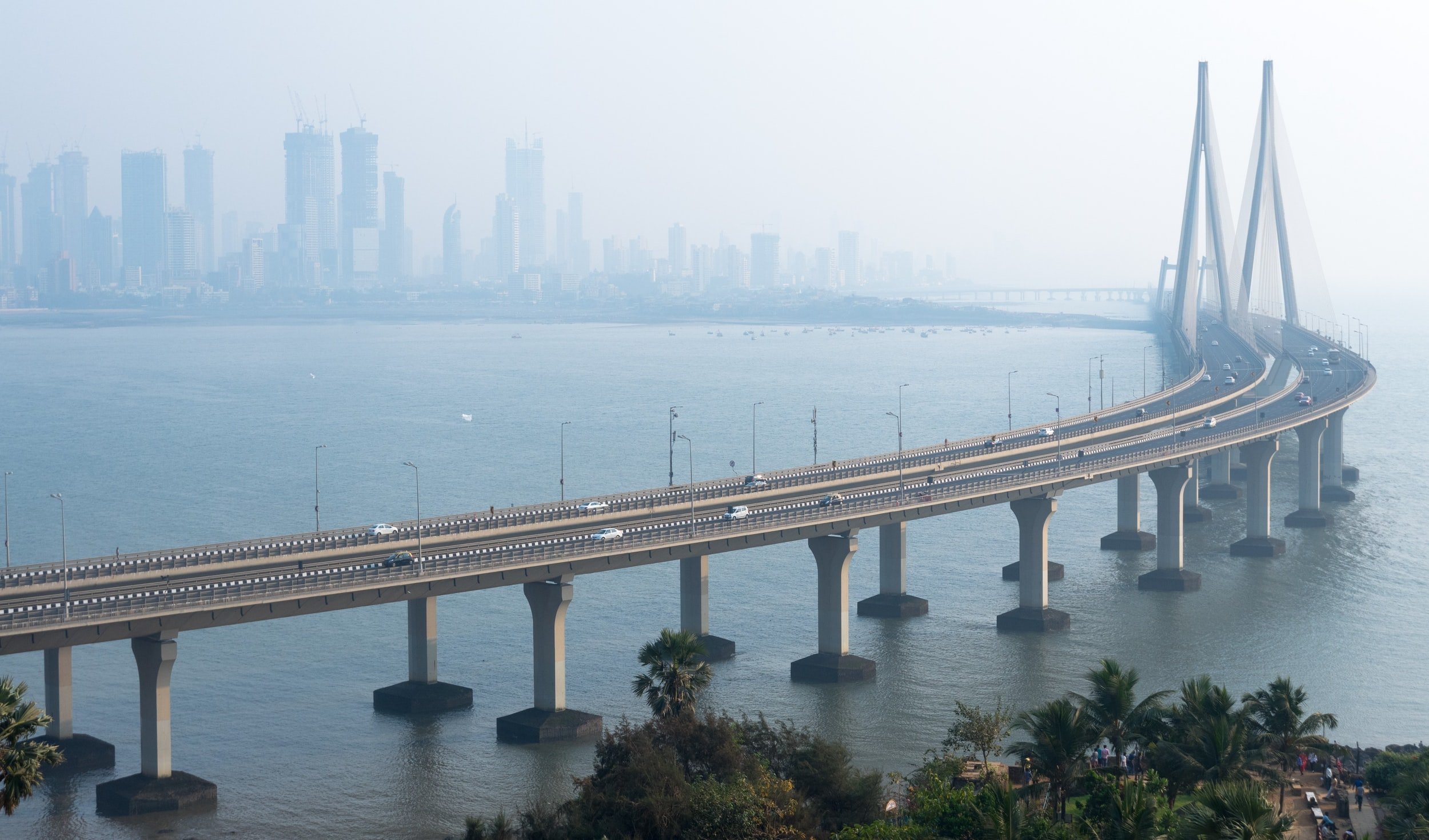
Why Invest in India
India is one of the world’s fastest-growing major economies. Already the fifth-largest, it is on track to become the third-largest by 2040. With a population of 1.4 billion, the country offers opportunities for growth and investment across almost every sector.
Over the coming decades, four key forces will shape India’s economic and investment trajectory:
-
India’s youthful demographic profile positions it for rapid economic expansion just as most other major economies—including China—grapple with aging populations. Already one of the world’s most populous nations, India is also among the youngest.
Total population: 1.4 billion people
More than 65% of the population is under the age of 35.
India has the third-largest group of scientists and technicians in the world.
India will add 200 million people to its workforce in the next 10 years; that’s 33% greater than the total workforce in the United States.
-
Auto: India is the world’s 5th largest vehicle market
Chemicals: India ranks 6th for the largest sales of chemicals globally
Leather: India is the world’s 2nd largest footwear producer
Metals: India is the 2nd largest producer of steel globally
Oil & Gas: India is the 2nd largest refiner in Asia
Textiles: India is the 6th largest exporter of textiles
Pharmaceuticals: India has the 3rd largest pharmaceuticals industry in the world
Information Technology: India is the third-largest and fastest-growing hub for technology startups
Biotech: India's “bio economy” has grown eight times in the last eight years, from $10 billion to $80 billion.
-
India’s youthful demographics are set to unleash a powerful rise in domestic demand over the coming decades, accompanied by higher savings, stronger investment, and rapid capital formation. On current projections, the economy is poised to exceed $5 trillion in 2027 and approach $20 trillion by 2040.
-
With more than 6,000 publicly traded companies, India offers one of the world’s deepest equity markets—and by far the most extensive among emerging economies. Virtually every sector is represented by multiple listed firms, and trading is deep, liquid, and fully electronic.
India also hosts one of Asia’s oldest stock exchanges and enjoys an evolving base of domestic institutional and retail investors. Oversight is robust: the Securities and Exchange Board of India (SEBI), modeled on the U.S. SEC and the U.K.’s former FSA, works alongside the Reserve Bank of India (RBI) to provide world-class regulation.
